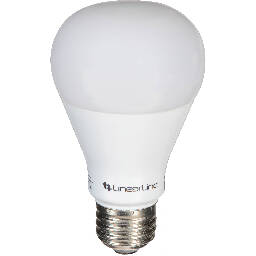If LED bulbs are supposed to last for 10 years, why do I still need to replace them every 9 months?



I'm in a nasty frame of mind right now, and this is what my 'tism brain decided to laser focus on for several hours. I'm mad that my light bulbs cost 10x more than they used to, and don't last any longer, and my power bill is higher than ever.
Yeah yeah, I know, it's probably just capitalism shitting it up on purpose for profit. And bulb science is probably solid, I guess. I'm just pissed off that I just barely managed to scrape through this pay period with $2.78 left in the bank before I default on my mortgage.
Anyway, any lightbulb science comrades got any info?
You are viewing a single comment
I've never replaced an led bulb and I've had them 10+ years.
Dirty power can burn them out, as can bad heat dissipation
It would probably cost like $1 of components to make most led bulbs resilient to all but spookiest of power delivery, but why sell something once when you can make them buy it over and over again
What do you mean dirty power?
Let me copy and paste the top search result from Google:
“Dirty power” is a term used to describe electricity that deviates from this standard due to spikes, surges, and dips. The term also applies to electricity that's been tainted by an outside influence, such as a stray wireless signal. Feb 13, 2023
Appreciate you thanks fam ❤️
No problem, the cost is just one passive aggressive comment 🙂
One man's passive-aggression is another's man's learning annex
Some older wiring and devices can interact poorly and cause fluctuating voltages. The more stable the voltage, the less wear on the components and vice versa.
If you were to lower the voltage would it still cause extra wear? Like is it the fluctuation itself that causes the wear or is the the 'higher than expected voltage' during peaks of the fluctuating?
I know undervolting can make some electronics, including lightbulbs last longer, but I don't know if that would countermand the extra wear from the changing voltage.
I haven't explored LEDs too much, but have an education related to transistors. Because they are diodes, significant overvolting will degrade the diode itself and if it were to happen often enough could damage the junction to the point of no longer working. Fluctuating voltage could damage other parts of the device, but I'd guess overvolting is the bigger danger
I can’t think of a time where I had to replace an LED bulb either.
I mean, when I moved into a new condo, I replaced the bulbs with brighter ones, but the old ones worked and were covered in dust, so I’m guessing they were working for a long time.
Or some fell off the back of the truck chinese knock off crap leds.
As to electricity, even if you left all the non led lights on in your house all month, it's still only a small portion of the usage compared to the water heater, hvac, dishwasher, and laundry stuff. Along with all them watts in your TV and coursing through a gaming desktop.
Filament bulbs are appreciably more expensive than led, to the point that an led pays itself back very quickly
Maybe CFLs, but a single incandescent bulb easily takes 60-100 watts. Assuming ten 60w bulbs in the house, that's 14 kilowatts a day.